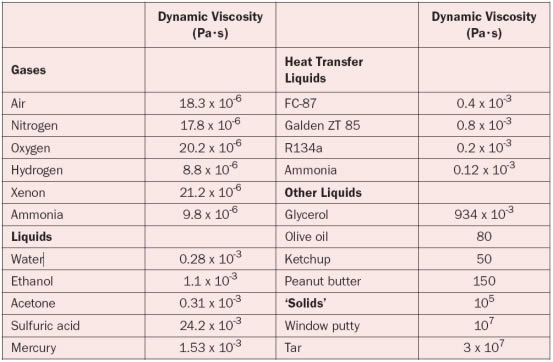
Containing the ester myricyl cerotate, it has many applications, such as confectionery and other food coatings, car and furniture polish, floss coating, and surfboard wax. From the commercial perspective, the most important plant wax is carnauba wax, a hard wax obtained from the Brazilian palm Copernicia prunifera. The epicuticular waxes of plants are mixtures of substituted long-chain aliphatic hydrocarbons, containing alkanes, alkyl esters, fatty acids, primary and secondary alcohols, diols, ketones and aldehydes. Plants secrete waxes into and on the surface of their cuticles as a way to control evaporation, wettability and hydration. Lanolin is a wax obtained from wool, consisting of esters of sterols. One of its main constituents is cetyl palmitate, another ester of a fatty acid and a fatty alcohol. Spermaceti occurs in large amounts in the head oil of the sperm whale. A major component of beeswax is myricyl palmitate which is an ester of triacontanol and palmitic acid. The best-known animal wax is beeswax used in constructing the honeycombs of beehives, but other insects also secrete waxes. The composition depends not only on species, but also on geographic location of the organism. In waxes of plant origin, characteristic mixtures of unesterified hydrocarbons may predominate over esters. Those of animal origin typically consist of wax esters derived from a variety of fatty acids and carboxylic alcohols.

Waxes are synthesized by many plants and animals.
#Low viscosity chemistry examples series#
Synthetic waxes often consist of homologous series of long-chain aliphatic hydrocarbons ( alkanes or paraffins) that lack functional groups. Natural waxes may contain unsaturated bonds and include various functional groups such as fatty acids, primary and secondary alcohols, ketones, aldehydes and fatty acid esters. Waxes are organic compounds that characteristically consist of long aliphatic alkyl chains, although aromatic compounds may also be present. From the Museo del Objeto del Objeto collection Ceroline brand wax for floors and furniture, first half of 20th century.


 0 kommentar(er)
0 kommentar(er)
